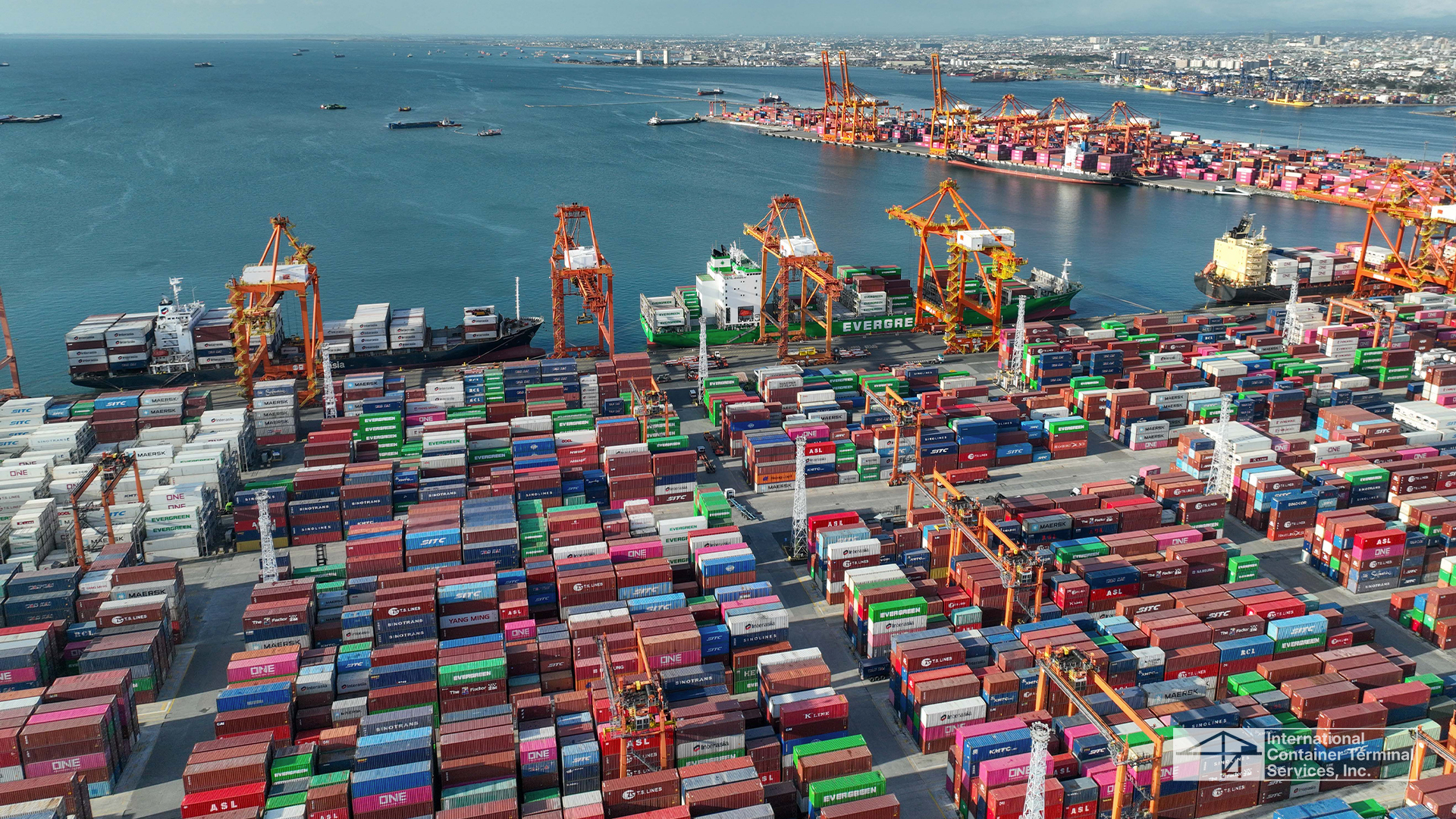Manila International Container Terminal upgrades bolster PH foreign trade

Infrastructure remains central to the Philippines’ long-term competitiveness, especially in sectors where efficient logistics shape economic outcomes. As the country’s main gateway, the Manila International Container Terminal (MICT) continues to modernize its facilities to support growing trade volumes. International Container Terminal Services, Inc. (ICTSI) is advancing these upgrades to expand capacity and strengthen the terminal’s reliability for global shipping lines.
The European Union is the Philippines’ fourth-largest trading partner, and steady cargo movement between the two economies depends on predictable maritime connections. Improvements at the MICT support these trade flows by helping maintain regular shipping schedules and more resilient logistics networks.
The terminal is constructing its eighth berth, a 300-meter quay paired with 12 hectares of additional yard space. Berth 8 will have a 15-meter depth to accommodate ultra-large container vessels of up to 18,000 twenty-foot equivalent units (TEUs). Three quay cranes, including remotely controlled units scheduled for delivery in 2027, will serve the new berth. Once the project is completed, ICTSI’s flagship terminal will have an annual capacity of 3.5 million TEUs.
The expansion reinforces the Port of Manila’s role in regional and global trade corridors. For exporters and shipping lines, the project offers increased berth availability, improved vessel turnaround times, and a more dependable environment for long-distance cargo planning.
ICTSI’s decision to invest ahead of demand aligns with broader national infrastructure goals. As the Philippines works to strengthen its trade links and attract more international business, the MICT’s Berth 8 project demonstrates how focused port development can help support economic activity and sustain the country’s foreign trade growth.

